General Info – summary
This impressive Tree is up to 5m high with a greenish trunk and 3 whorled, abruptly ending branches. Obovate simple, glabrous Leaves with entire margins are in 3 whorls at branch ends. Large, white, sweet scented, regular Flowers are bisexual. Calyx has lanceolate twisting lobes. Six emerging stamens, a single pistil + inferior ovary are present. Large yellow Fruit has a persistent calyx and many flattish seeds.
Description
Gardenia cornuta
Previous names: Nil.
SA Tree No. 690.1
Common names: (Afr) Tongakatjiepiering, Natalkatjiepiering, Wilde-appel. (Eng) Horned gardenia, Natal Gardenia, Spurred Gardenia, Tonga Gardenia. (isiZulu) Semanzini, Umhlahle, Unomphumela, Umvalasangweni. Uvalasangwane. (siSwati) Umvalasangweni.
Rubiaceae Family: Rubiaceae (Coffee family). This family of dicotyledonous plants has in excess of 600 genera and about 13 000 species and members include trees, shrubs and herbs including climbers. Local genera with trees on this website include Afrocanthium, Canthium, Coddia, Gardenia, Pavetta, Rothmannia and Vangueria. Leaves are simple, opposite or whorled and have interpetiolar stipules that may be reduced or fused to form a sheath. Flowers are bisexual or unisexual. The calyx has sepals that are at least partly united. Petals are joined – at least at the base. Blue butterflies in the family Lycaenidae are involved in pollination. Stamens are usually as many, as and alternating with corolla lobes. The Ovary is inferior. Fruit is a drupe, berry or capsule. There are 228 species in South Africa.
Name derivation: Gardenia – named after Alexander Garden a Scottish doctor, physician and plant collector (1730- 1791). cornuta – horned: possibly referring to the persistent loose twining lobes of the calyx at the end of the fruit (photo 303 – under Fruit).
Conservation: National Status: L C. (Least Concern). Assessment Date: 2005 (W. Foden and L. Potter).
Tree
This small Tree (photo 315) is densely branched and usually up to 4m or 5m in height. It may also be a large woody, multi-stemmed shrub. The erect, rigid and 3-whorled (photo 745) main Branches occur low down (photo 315). The grey branches are stiff, rigid and usually end with an abruptly curved tip (photo 785). The Bark is cream to pale greenish-grey (photo 316), mottled or smooth and occasionally thinly flaking – leaving shiny depressions.
- 315. 2015/10/13. Walter Sisulu NBG. Photo: David Becking.
- 316. 2015/10/13. Walter Sisulu NBG. Photo: David Becking.
- 785. 2016/08/30. Walter Sisulu NBG. Photo: David Becking.
- 745. 2020/01/20. Walter Sisulu NBG. Photo: David Becking.
Leaves
The simple Leaves are usually in whorls of 3 and crowded towards the ends of the short rigid branchlets (photo 548). Each leaf is broadly obovate (reverse of ovate, the terminal half is broader than the basal) and up to 11 x 6cm (photo 305). The smooth shiny Blade is bright green above and lighter green below. The leaves are glabrous (hairless) apart from occasionally slightly hairy midrib and around Domatia that occur in axils of principal side veins. To the naked eye (photo 307), the domatia appear as small bumps. Domatia are intended to be used by organisms that have a symbiotic relationship with the plant and are developed by plants to form a shelter for insects, fungi or mites for this purpose. Veins are more visible when the leaf is examined against a strong light (photos 309 & 307). The main lateral veins do not quite reach the margin. The Apex is very broadly tapering to rounded. The Base is narrowly tapering. The wavy Margin (photo 308) is entire (with a continuous margin, not in any way indented). The Petiole (leaf stalk) is 1-3mm long or absent. The Stipules (basal appendages of the petiole) form a sheath or ring around node (photo 418).
- 548. 2015/10/20. Walter Sisulu NBG. Photo: David Becking.
- 308. 2015/10/13. Walter Sisulu NBG. Photo: David Becking.
- 418. 2017/10/10. Walter Sisulu NBG. Photo: David Becking.
- 309. 2015/10/13. Walter Sisulu NBG. Photo: David Becking.
- 307. 2015/10/13. Walter Sisulu NBG. Photo: David Becking.
- 305. 2015.10/13. Walter Sisulu NBG. Photo: David Becking.
Flowers
The impressive single Flowers have a sweet, heavy scent. They develop towards the ends of rigid branches. Flowers are solitary, bisexual and actinomorphic (Regular, symmetrical. Flowers are vertically divisible into similar halves by more than 1 plane passing through the axis). The green Calyx usually has 6 long, thin, loose, twisting and lanceolate Sepal lobes extending from about half the length of the calyx (photo 135). The base of the Corolla starts with a greenish tube (photo 267) up to 6cm long. This ends with the spreading white petal lobes, each about 3cm long. These lobes age to a cream colour. The Stamens are epipetalous (born or arising from the petals) – deep within the throat of the corolla. They alternate with the corolla lobes. The sessile, longitudinally dehiscent linear Anthers (photo 135) are visible – protruding out between the petal lobes (photo 267 & 135). A single Pistil (a unit of the Gynoecium, the female element of the flower, composed of the Ovary, Style and Stigma) is present. The inferior, 2-locular Ovary contains many ovules. A single Style ends with a yellow swollen Stigma (photo 135). (Nov-Mar)
- 267. 201/12/15. Walter Sisulu NBG. Photo: David Becking.
- 135. 2016/12/13. Walter Sisulu NBG. Photo: David Becking.
Fruit
A number of developing Fruit may be visible, and developed fruit may be visible all year (photo 317). The ripe, ovoid (egg-shaped) or pear shaped, but not ribbed, fruit may be slightly wider towards the end and is up to 5 x 3,5cm. It is hard, heavy, smooth, thin skinned, thick walled and initially green. It matures to a bright yellow or golden colour (photo 303). The fruit is up to 6cm long and has the persistent, distinctive remains of the Calyx at its apex (photo 303). When they occur in large numbers, they can weigh down the branches. The flattish Seeds are contained within a very hard woody covering (photo 305 under leaves) that occurs below the yellow coating (Feb–Aug). Many round or oblong, hard and flattish seeds are produced that are embedded in a pulpy placental tissue, forming a relatively solid mass. (Feb-Aug).
- 317. 2015/10/13. Walter Sisulu NBG. Photo: David Becking.
- 303. 2015/10/13. Walter Sisulu NBG. Photo: David Becking.
Distribution & Ecology
This tree is Endemic in southern Africa (Endemism is the ecological state of a species being unique to a defined geographic location). These trees are common in the Western Cape e.g., False Bay, KwaZulu-Natal – Northeast, Gauteng, Limpopo and south-eastern Mpumalanga. They are also found in Eswatini (Swaziland) and southern Mozambique along the Lebombo Mountains (800km long running N-S from Punda Maria in Limpopo province to Hluhluwe in KZN, including parts of SW Mozambique. Trees occur on grassy plains, bushveld, thickets, woodland and on sandy or alluvial flats at a lowish altitude. Monkeys, Baboons and Nyala eat the young Fruit and herbivores browse the Leaves.
Ethnobotany
Goats browse the Leaves. Wood is used for fencing poles, sticks and fuel. Propagation is most effective from seeds. Local medicine makes use of the fruit and roots. This is a good garden tree. For the best flowering results, plant this tree on its own, in low frost risk area. A variegated form is now available.
References
Boon, R. 2010. Pooley’s Trees of eastern South Africa. Flora and Fauna Publications Trust, Durban.
Burrows, J.E., Burrows, S.M., Lotter, M.C. & Schmidt, E. 2018. Trees and Shrubs Mozambique. Publishing Print Matters (Pty) Ltd. Noordhoek, Cape Town.
Coates Palgrave, M. 2002. Keith Coates Palgrave Trees of Southern Africa, edn 3. Struik, Cape Town.
Foden, W. & Potter, L. 2005. Gardenia cornuta Hemsl. National Assessment: Red List of South African Plants version 2020.1. Accessed on 2023/06/26.
Lawrence, G. H. M, 1951. Taxonomy of Vascular Plants, The Macmillan Company, New York. Tenth Printing 1965.
Palmer, E. & Pitman, N. 1972. Trees of southern Africa, Balkema, Amsterdam, Cape Town.
Schmidt, S. Lotter, M. & McCleland, W. 2002. Trees and Shrubs of Mpumalanga and the Kruger National Park.
van Wyk, B. & van Wyk, P. 1997 Field guide to Trees of Southern Africa, Struik, Cape Town.
http://www.plantzafrica.com/plantefg/gardencorn.htm
http://www.operationwildflower.org.za/index.php/albums/trees/gardenia-cornuta-flower-jw-1453
http://plantlust.com/plants/gardenia-cornuta-variegata/
https://en.wikipedia.org/wiki/Rubiaceae

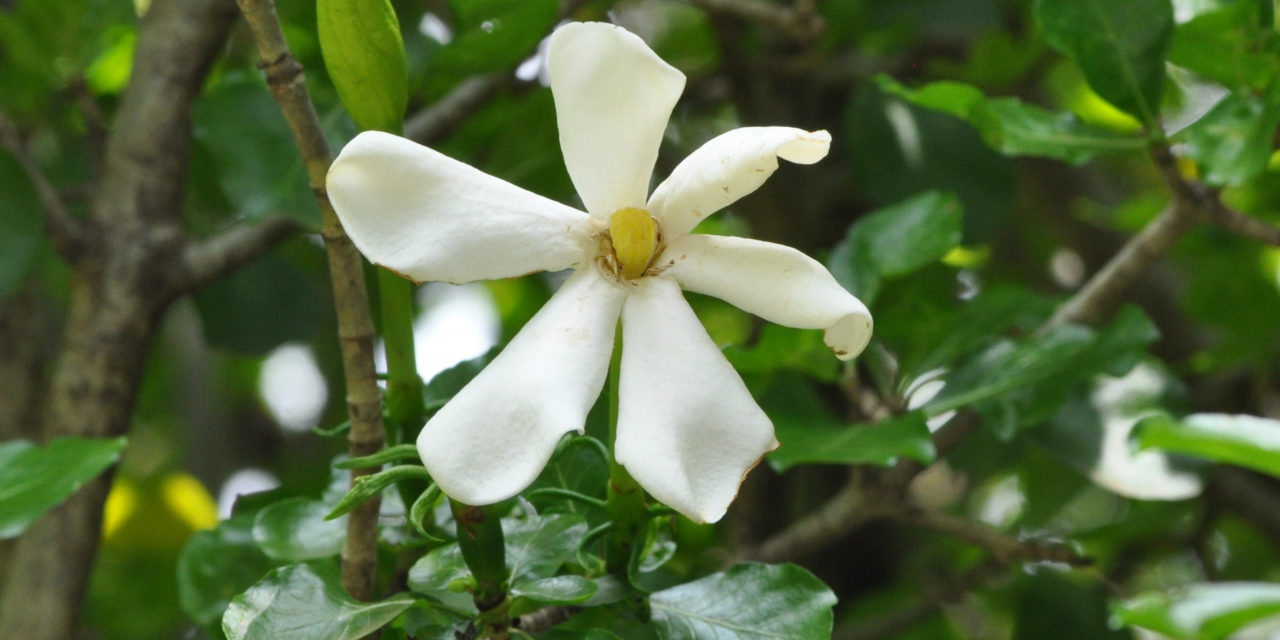
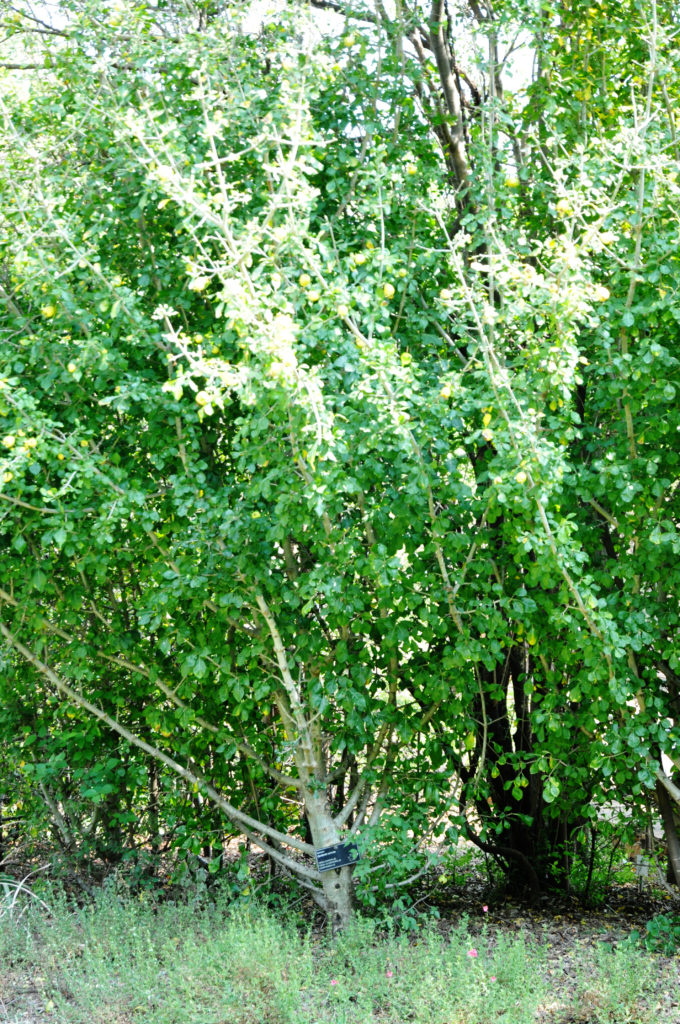
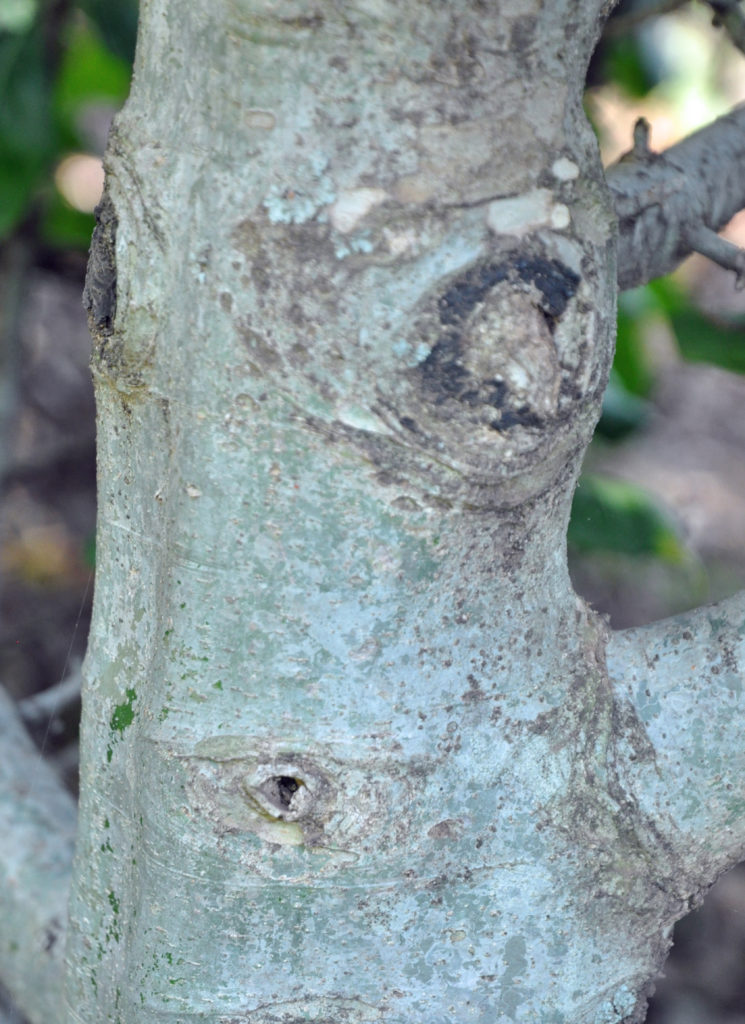
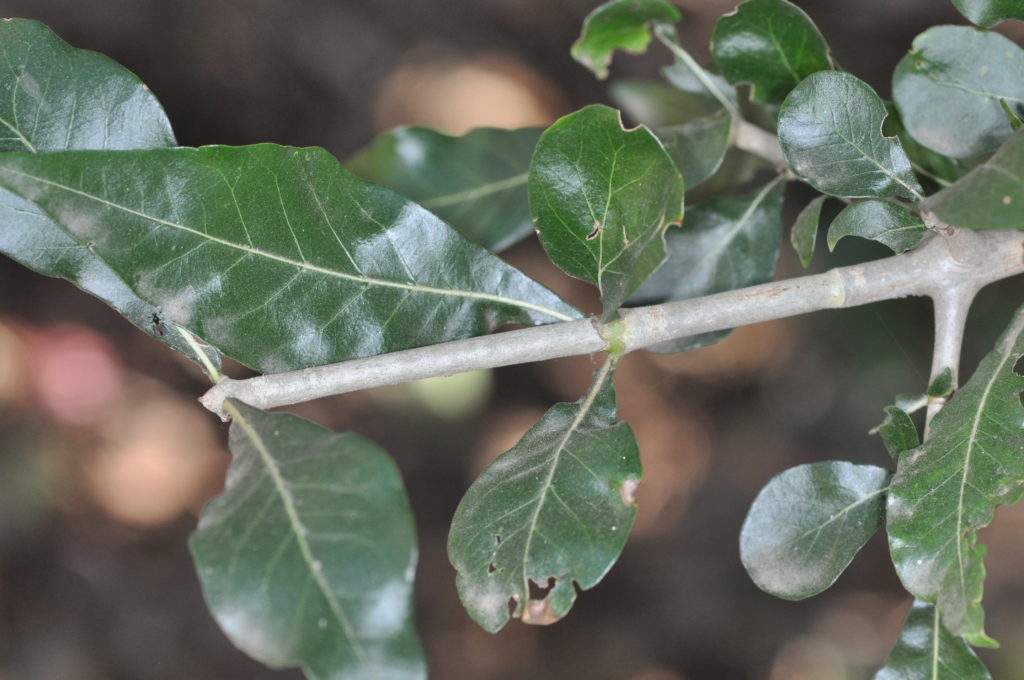
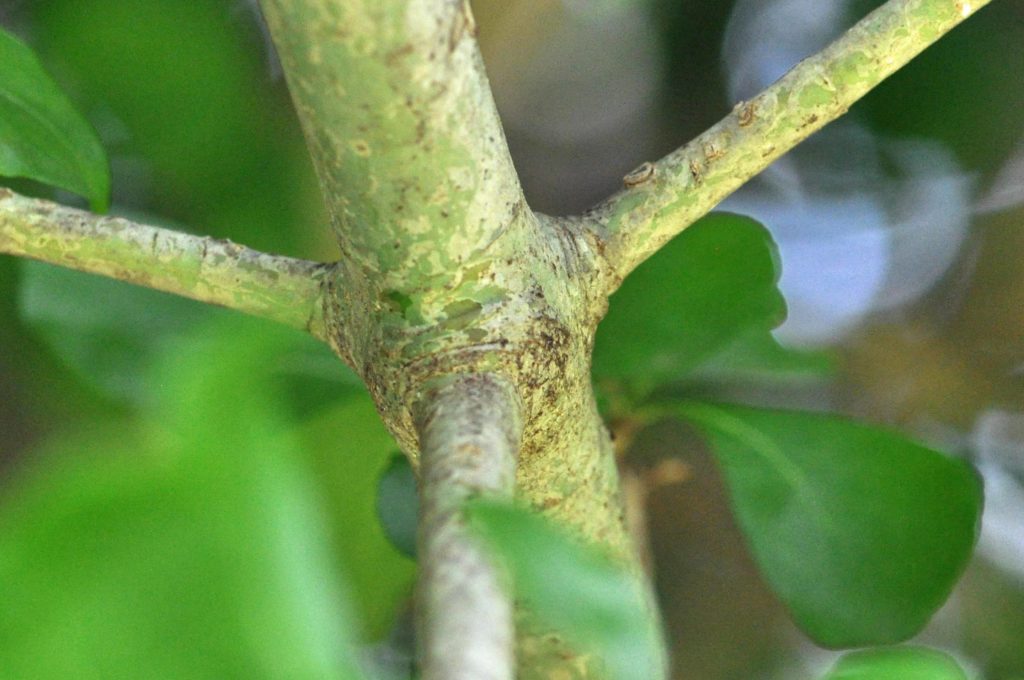
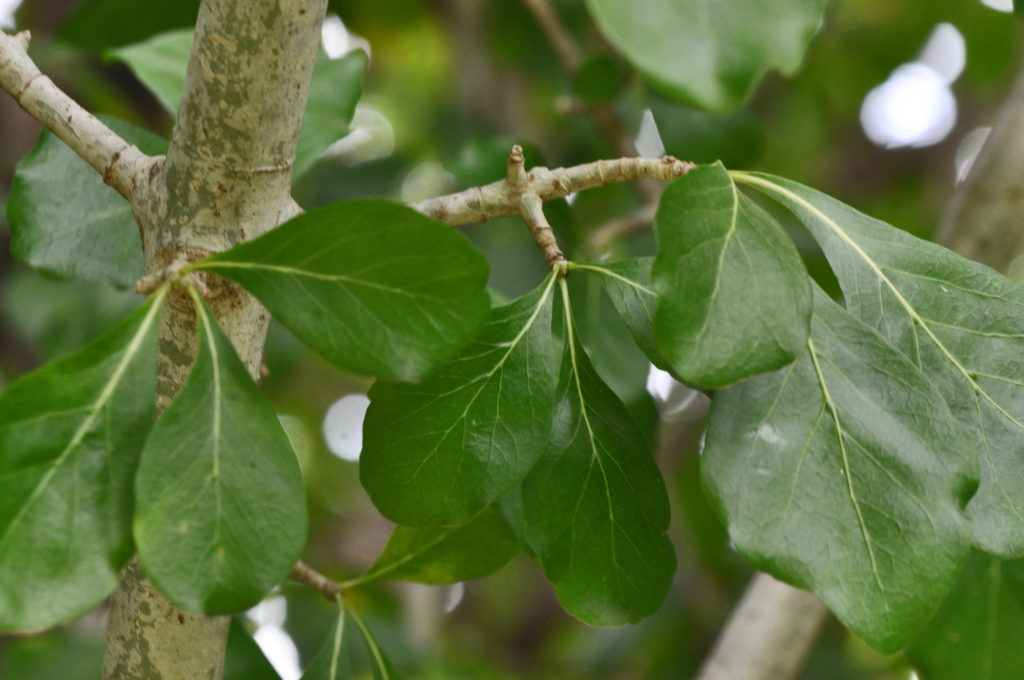
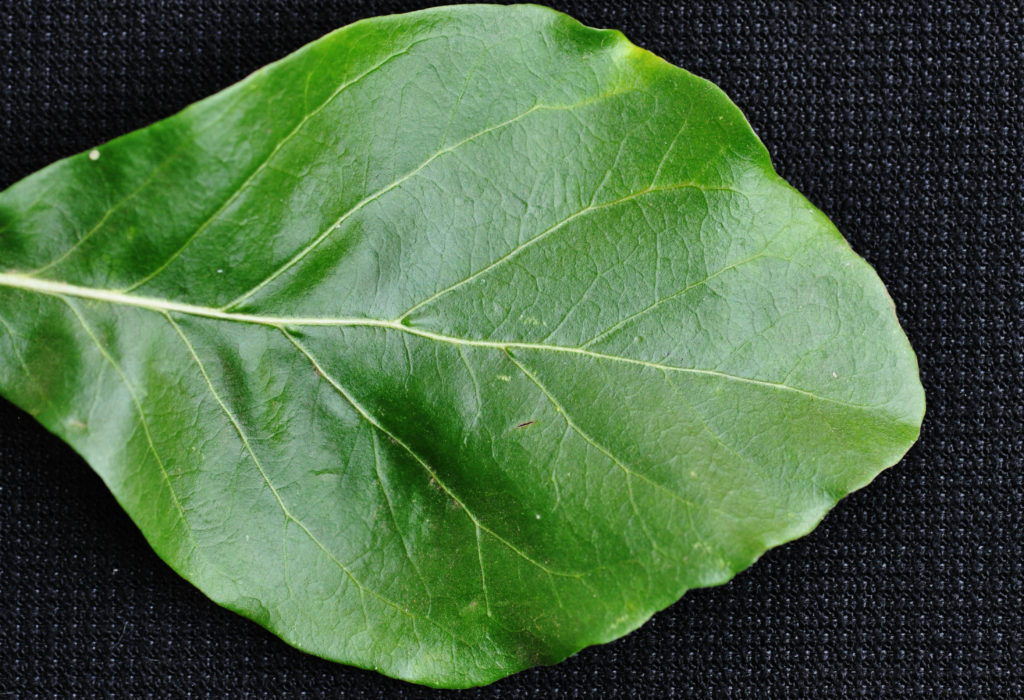
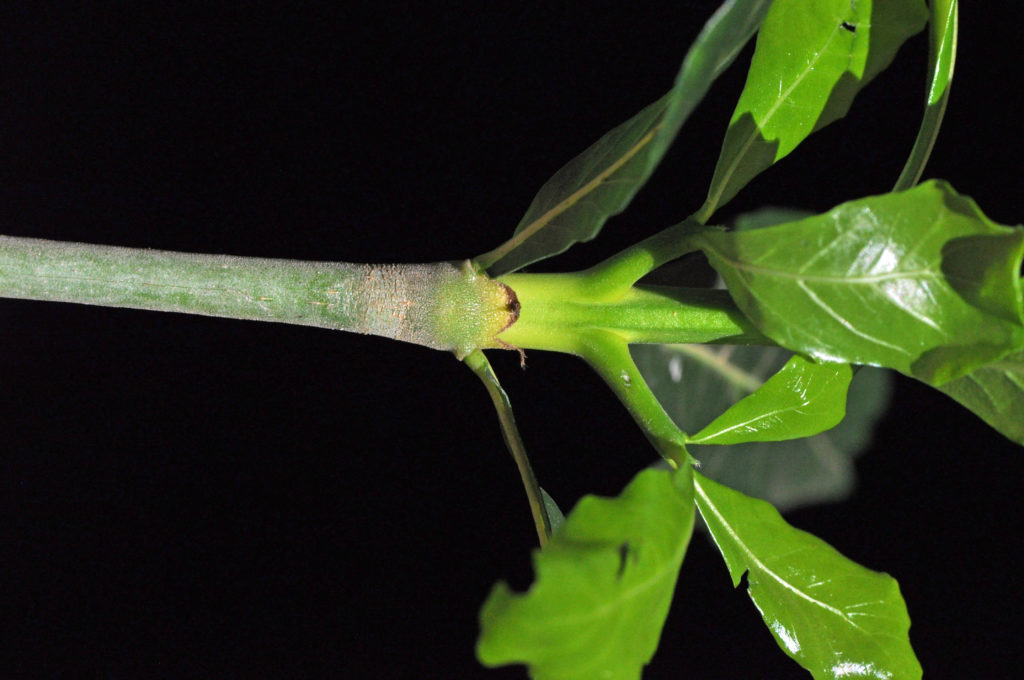
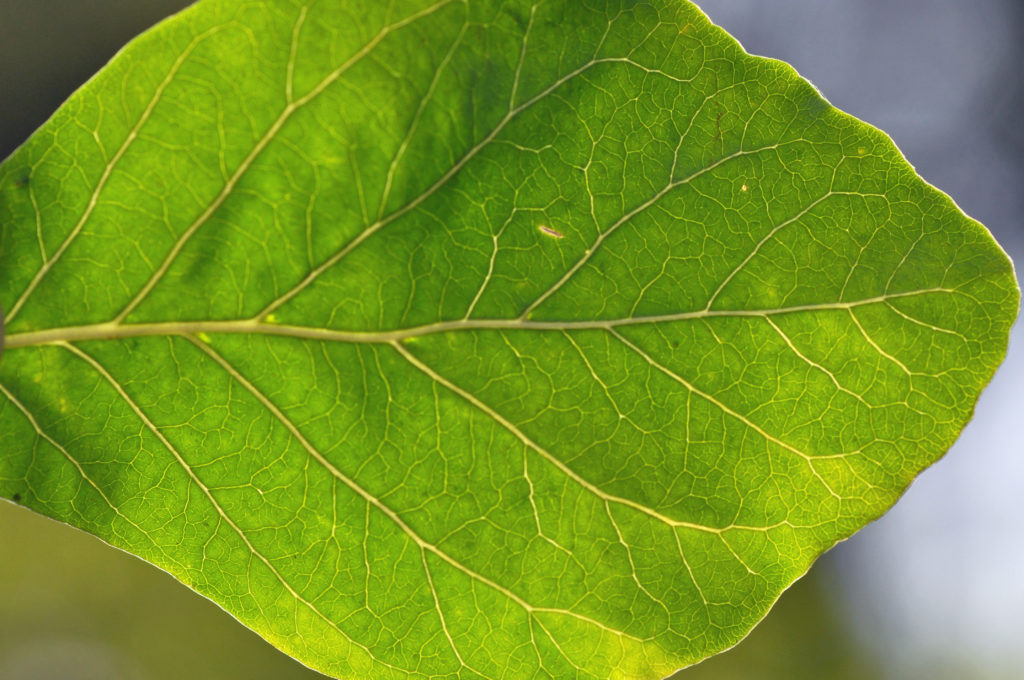
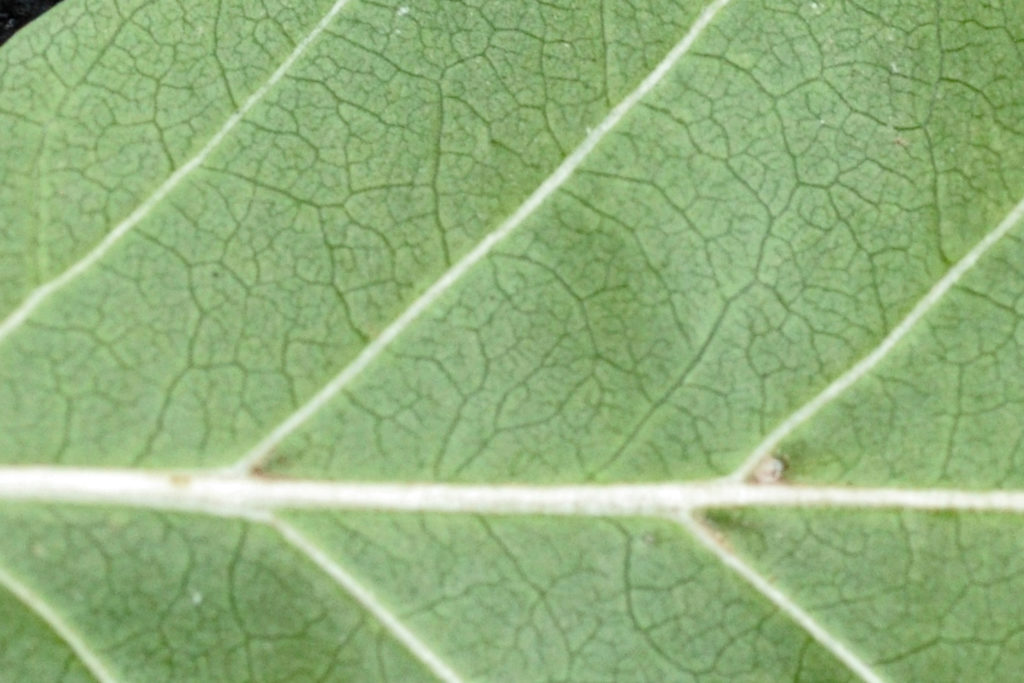
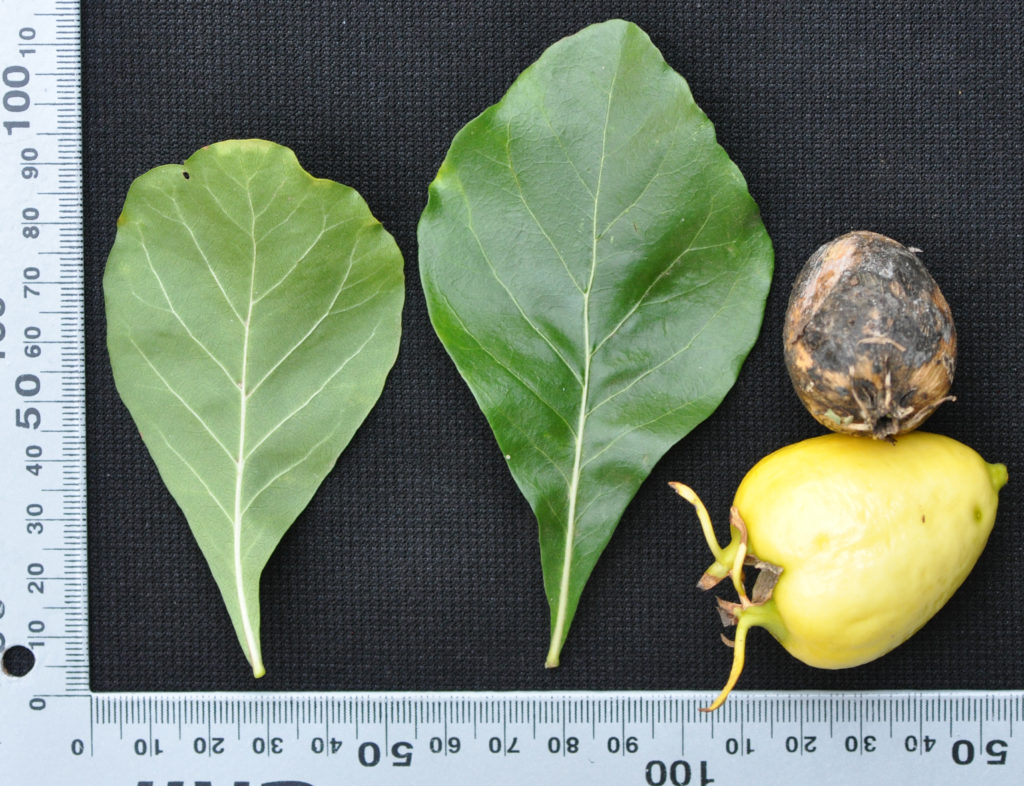
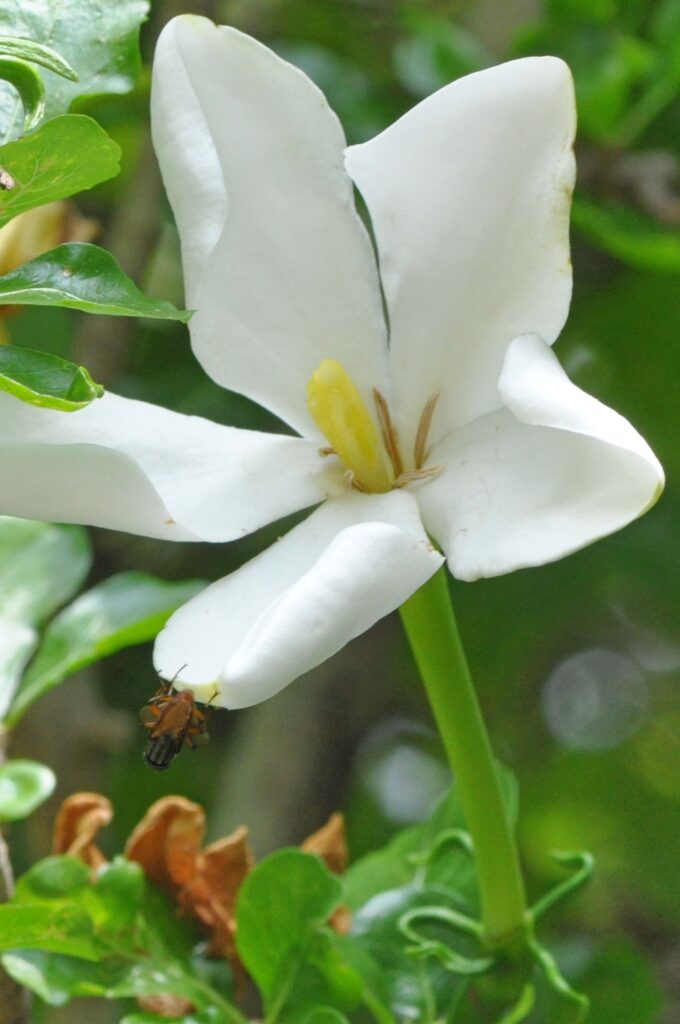
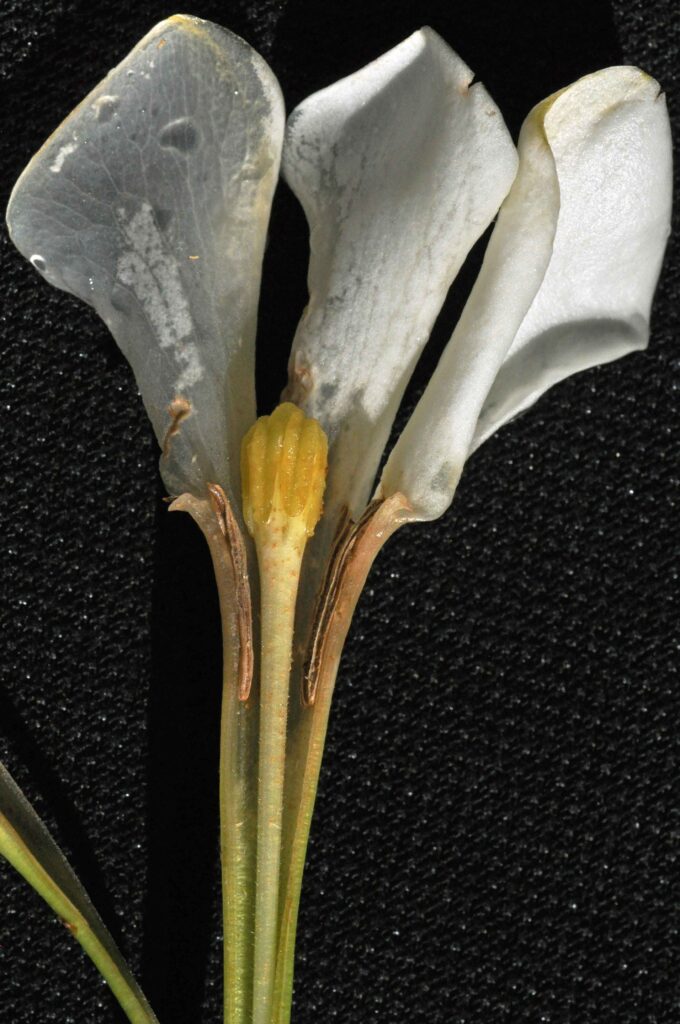
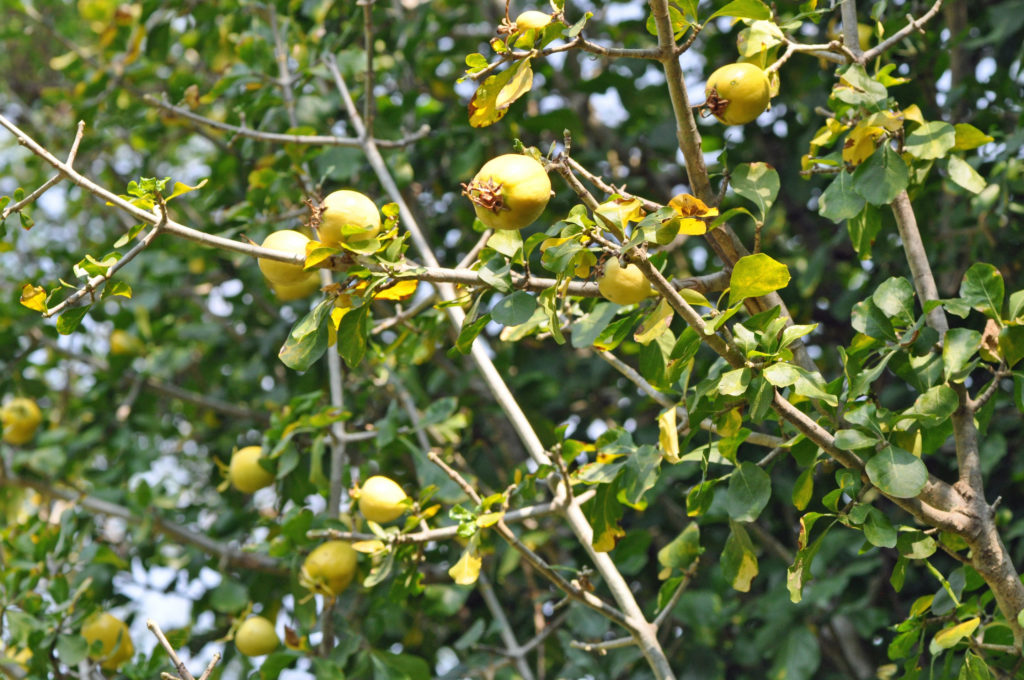
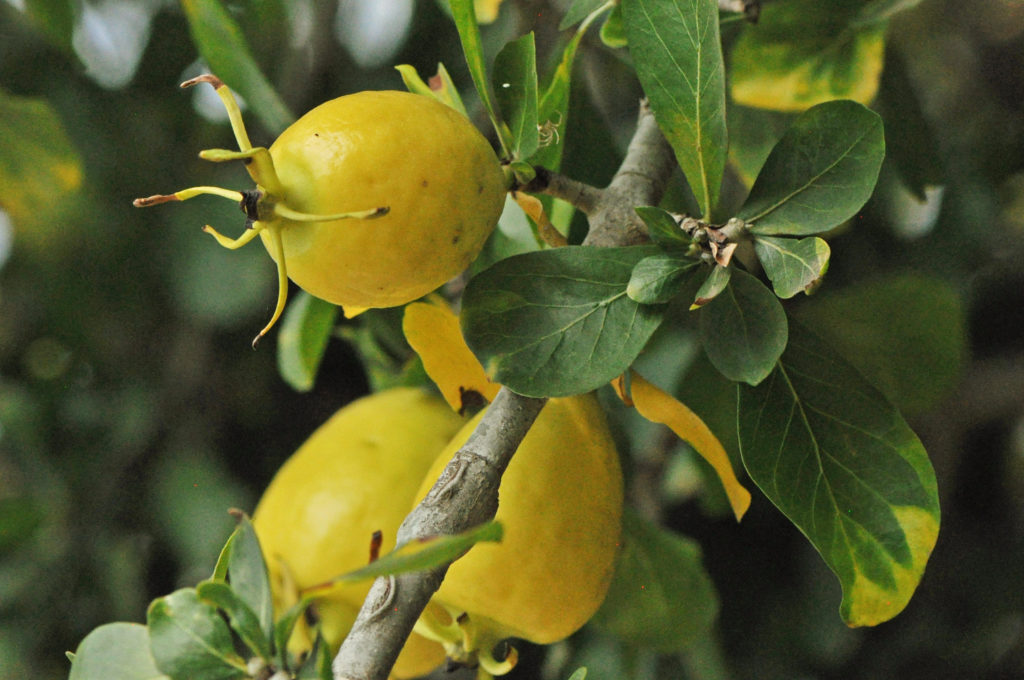

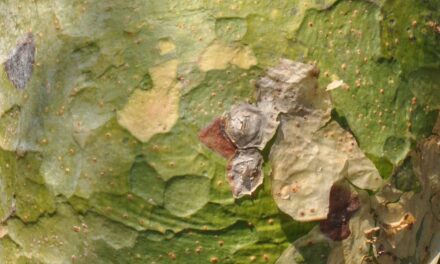
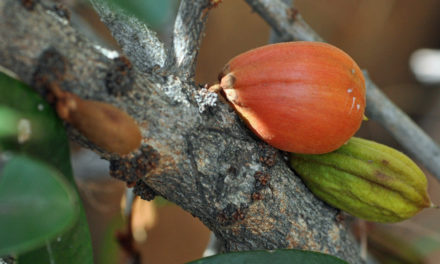
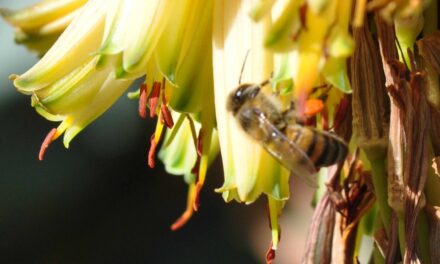
I’m truly enjoying the design and layout of your blog.
It’s a very easy oon the eyes which makes it much more pleasant forr me to come
here aand visit more often. Did you hire out a designer
too create your theme? Great work!
my web-site: casinoonlinevavada.Onepage.website
Thank you for your comments. I did hire a designer for the website.
Take care.
David Becking.